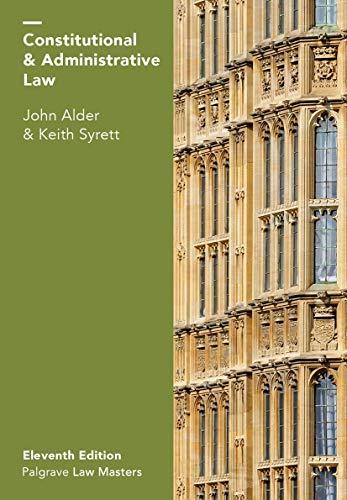Question
Factual back ground [1] Danielle is a 27-year-old professional woman who recently went on a holiday to North Queensland. While on her holiday, Danielle undertook

Factual back ground [1] Danielle is a 27-year-old professional woman who recently went on a holiday to North Queensland. While on her holiday, Danielle undertook an organised day tour which went to several natural sites and national parks in the area including the world famous" caverns of a cave system called the Tropical Limestone Underworld. The tour was organised by North Queensland Tours Pty Ltd (NQT). The tour group on that day consisted of six persons in total, all in their 20s, plus the tour guide employed by NQT.The entrance to the caves was located at the bottom of a steep incline covered in lush tropical vegetation. It had been raining intermittently on the day of the tour and it was drizzling lightly as the group made their way along a path leading to the caves. The tour guide told the group as they left the bus that the path and stairs leading to the caves would be wet and likely slippery. The descent down the incline to the cave entrance was via roughly hewn stairs that had been cut into the limestone bedrock; that is, they were made of the same natural material as the caves. After the group had walked down the stairs for about half a minute, the stairs entered a large open cavern mouth covered by overhanging rocks.[2] Danielle was looking all around at the sights and was walking at a normal pace for going down stairs when she suddenly slipped on the wet and slimy rocky surface. The rocks were exceptionally slippery because they were covered in algae. Despite that part of the stairs being covered by the overhanging rock ceiling, they were also wet from the rain and from water dripping into the cavern entrance from the overhanging roof. Danielle suffered serious injury as a result of the fall, including a broken wrist and arm, a cracked skull, and serious bruising, including of her back.3] Danielle wishes to bring an action in the tort of negligence against NQT and she has sought our advice in relation to her possible claim.[4] We consider that danielle was not adequately warned. Danielle admits that she knew that the path and limestone stairs down to the cave entrance were wet, but she was no longer paying attention to the surface after she was under the overhang since she no longer felt the drizzle. We also consider that alternative precautions should have been taken to safeguard the visitors on the tour. There were facilities next to the path to tie a rope for use as a handrail, which the tour guide could do by going down to the cave first and tying the rope at the top and bottom of the stairs. However, NQT tour leaders generally only tied a rope 'railing" (they had a rope in the tour bus) where the tour group consisted of elderly people (which Danielle's group did not). (There is no permanent rope installed by Old National Parks, the occupier of the cave system, since any permanent rope would itself get wet and slimy very quickly in the tropical conditions).[5] NQT admits they owe a duty but states the precaution were not reasonable and they are not liable And points to s15 liability act (Qld)obvious risk.Advise Note: characterising the risk correctly is relevant for breach of duty and defence

Step by Step Solution
There are 3 Steps involved in it
Step: 1

Get Instant Access to Expert-Tailored Solutions
See step-by-step solutions with expert insights and AI powered tools for academic success
Step: 2

Step: 3

Ace Your Homework with AI
Get the answers you need in no time with our AI-driven, step-by-step assistance
Get Started


